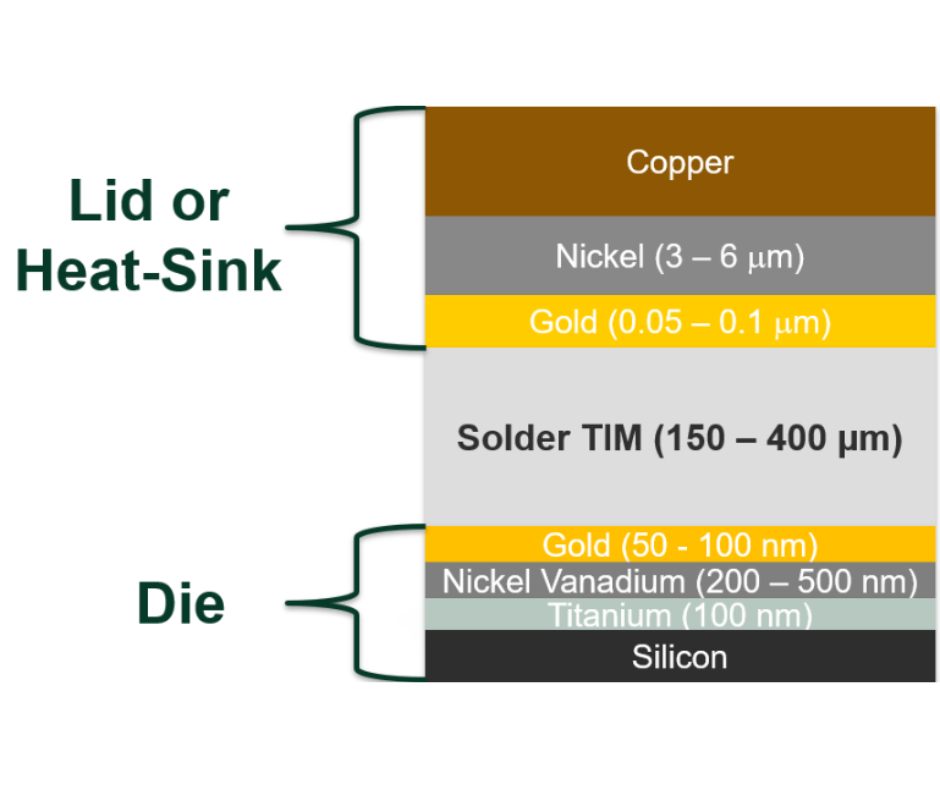Folks,
One of the nice aspects of being a Professor at Dartmouth is teaching a course like ENGS 1: The Technology of Everyday Things. This course is designed for non-engineering students and fills a technology and applied science requirement for them. In the course, we cover the technology of the automobile, mobile phone, GPS, DVD players, the personal computer, etc.
This year, I purchased an iPad 2 and an Amazon Kindle Fireand added them to the topics. I had three basic goals in this effort:
- Discuss how they work
- Compare them
- Answer the question, “Will they replace my personal computer?”
So this week, instead of discussing solder paste, cost of ownership, solder preforms, or productivity, let’s see what I learned.
I did this analysis with two of my graduate students and reviewed the basic conclusions with Dartmouth IT staff and students in the class. Here is a summary:
The iPad is a terrific device for organizing and consuming content such as videos, music, photographs, and, perhaps most importantly, games. It is extremely intuitive. My four, five and six year old grandchildren use it for games with no coaching. With the iCloud, content can be organized and stored very simply.
However, for creating verbal or mathematical content, it is not intuitive or simple. As an example, assume you have a letter or paper from a colleague on a USB memory stick that you need to edit. Apple so controls the “experience” of the iPad that you cannot load anything from a memory stick or any other device, like your PC, onto it. You must send an email or load the content into iCloud. The recommended software (or apps) for word processing, spreadsheets, or presentations for the iPad will work with MS Office, but I didn’t find the apps that great. Saving and filing documents is also not that straightforward. When I tried to create letters, papers, spreadsheets, or presentations on my iPad 2, I found myself longing for my laptop. I’m not saying it can’t be done, I’m just saying it wasn’t easy for me. An external keyboard (about $70) makes data entry much easier.
The Amazon Kindle Fire is only about 25-35% of the cost of an iPad. In my opinion, the Android software is pretty good. For consuming content, such as movies, books, photos, etc. the Fire is very good, but not quite as good as the iPad. I don’t do games enough to make a comment. (Sometimes I feel as though I am the only one in the world who does not play Angry Birds.) For verbal and numeric content creation, the Fire makes working with MS Office documents easier. It is also easy to store and load documents from a PC with a USB connection.
Both devices are beating the rest of the competition with their seamless connection to their respective stores. I think this advantage that Apple and Amazon have over other devices has been understated. Ibelieve Amazon Prime is a strong reason to consider the Kindle Fire. In addition to free two-day shipping for purchases, members get many free videos and have access to a free lending library.
Steve Job’s said it best when he announced the iPad. Quoted in Walter Isaacson’s outstandingbiography of Jobs, he said something like, “We have the iMac and we have the iPhone, now we have something in between.” I think that is a fair summary. The portability of tablets can make them ideal for passing family photos around, or for police to have a larger than mobile phone photo of a suspect to share with colleagues and witnesses. Tablets can be stored in a suitcase or briefcase when going through airport security, a definite advantage. But they are not a replacement for the full functionality of a PC.
The higher resolution of the iPad 3 enables viewing x-rays and CT scans and, of course, HD video. The 10 hour battery life frees one from needing to have a power cord during the day, so it could be beneficial in meetings. However, I found the Penultimate app, which allows writing on the screen, not that usable. It was harder to get neat writing than with pen and paper, and the words were too large. See the image. The documents formed would (again!) have to be emailed to get them from the iPad to another device. It would make more sense, to me, to take notes on paper and scan the paper into a PDF. Modern scanners make this act a snap. Apple makes it almost a necessity.
In summary, for a user like me who creates papers, blog posts, Excel® spreadsheets and PowerPoint® presentations, a tablet is a weak substitute for a laptop. For consuming content like videos, books, music, and photos, or for playing games, they are tough to beat.
Which of the two do I use the most? The Kindle Fire, mostly due to the connection to the Amazon store for books and free videos from Amazon Prime. I think this device, at a fraction of the cost of an iPad3, may be more of a threat to the iPad than many people think.
I'd like to hear your thoughts and opinions. Please comment!
Cheers,
Dr. Ron



